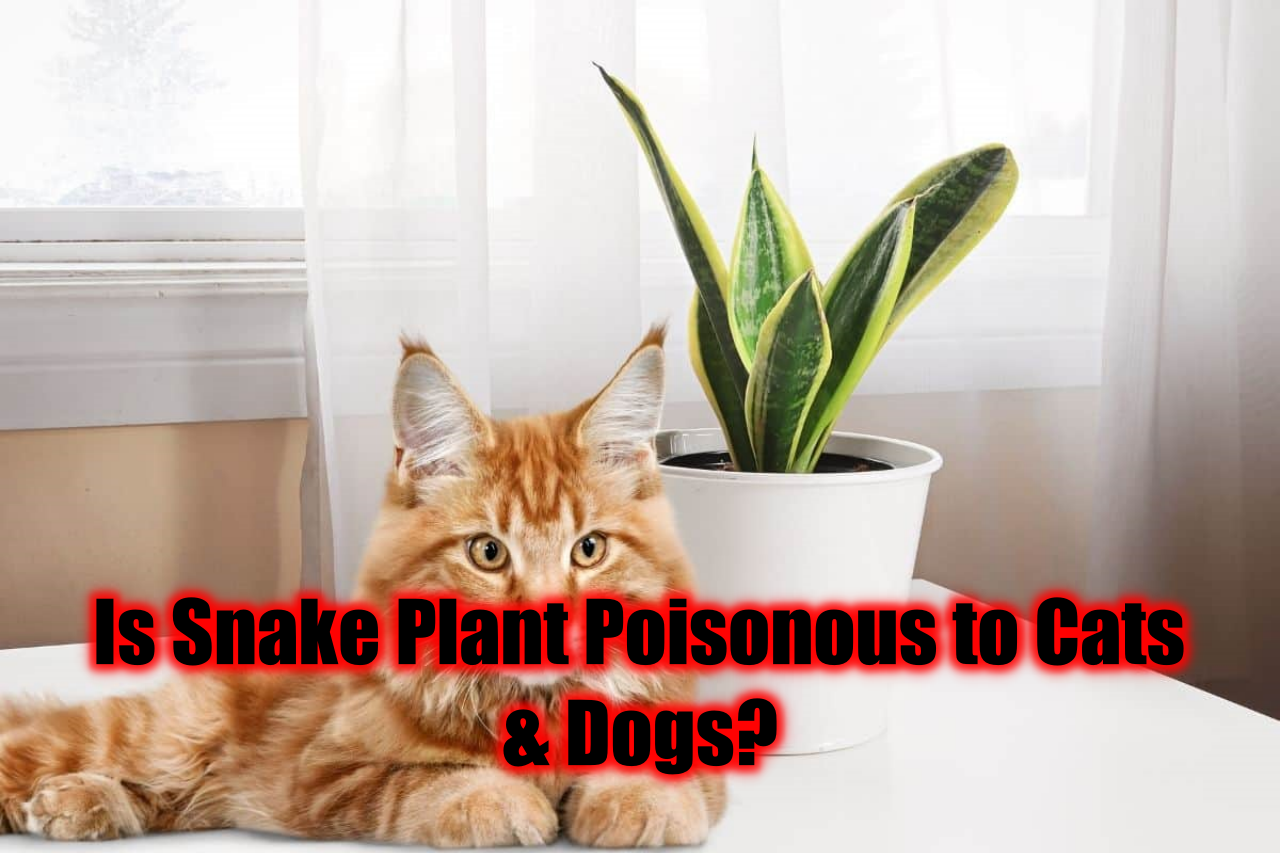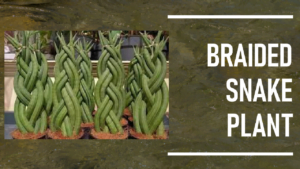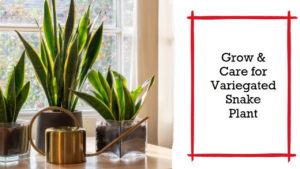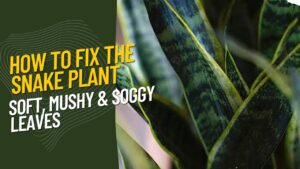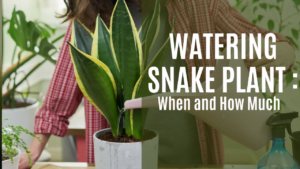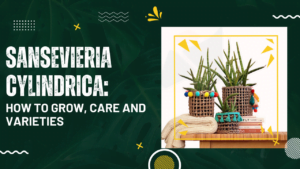One of the most resilient houseplants to exist is snake plants. These straightforward plants are known to both decorate your plants and benefit your health at the same time. And with small houseplants being all the craze these days, it is important that we know everything there is to know about the plants and also what needs to be done when you own one.
But plants can’t be the only thing you have in your home. Some of us are pet owners and we must know if they could harm our furry friends at all.
What do we know about Snake Plants?
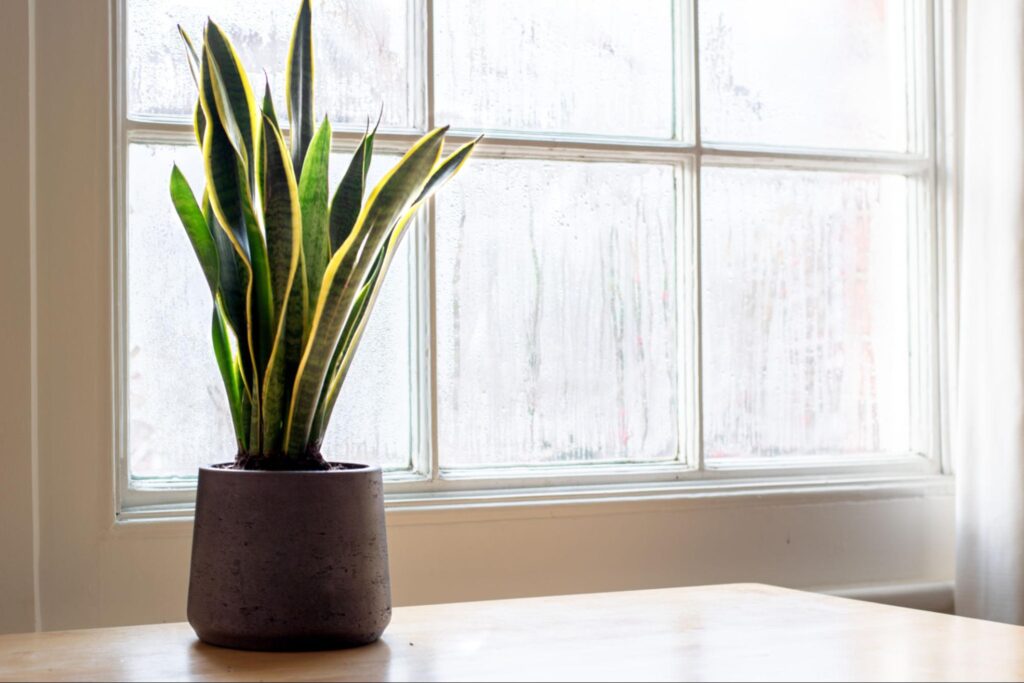
The snake plant or the Sansevieria trifasciata is native to Asia and Africa. It is known to be evergreen sword-shaped leaves that grow upright and almost resemble artificial leaves.
Snake plants are usually used as decorative plants since they’re pleasing to the eye, are easy to care for, and can survive on very little water. These plants can be neglected for weeks at a time, doesn’t mean that you have to. With their strappy leaves and architectural shape, they will still manage to look fresh.
Additionally, they can do well in low light levels, and drought and have very few insect problems. NASA research has also managed to prove that snake plants can help keep the air inside your home clean, removing toxins such as formaldehyde and benzene. In short, they are amongst the top 10 houseplants for you to grow.
As was mentioned before, this plant is known to be extremely drought-tolerant, but too much water can become its Achilles heel. Snake plant works well with a well-drained potting mix that doesn’t hold a lot of water.
In an ideal scenario, the snake plant likes to be in bright but indirect sunlight. However, you can park it in a dark corner and it’ll manage to fend for itself. In lowly lit conditions, the color in some Sansevieria varieties can become washed out, and taller varieties of jades can become leggy and floppy, but usually, this isn’t much of a problem.
Under the appropriate conditions, a snake plant will bloom with amazing flowers. While not overly showy, these flowers are borne in large clusters, generally white with a greenish hue to them.
These small, tubular flowers generally emit a sweet floral fragrance that can brighten any room, especially at night. But don’t depend on a snake plant to bloom with any regularity; many of them tend to bloom just once every several years, not following any schedule whatsoever.
Caring for snake plants
Perhaps one of the most popular reasons people make snake plants a part of their indoors is that they’re low maintenance, and require very little attention when they are growing. The plants are resilient, hardy plants and can survive in easily survive in dry environments, both indoors and out.
If you plan to move a snake plant into your home, here are a couple of things you need to keep in mind:
- Don’t overwater. Too much water is a weakness for the plant. Place your plant in a well-drained pot to avoid overwatering, as it can cause your root to rot. Only water the soil when it feels completely dry when you conduct a finger test.
- Indirect sunlight works best. The partial sun does great for snake plants, though they can grow fine in darker corners or brighter window areas. If kept in complete shade, the plant can become dull and the leaves might become a bit floppy.
- Temperature and Humidity. Snake plants are known to prefer warm conditions and can suffer if they are exposed to temperatures below 50 degrees Fahrenheit. Set the plant in a place where it will not be exposed to drafts. The ideal temperature range between 70 and 90 degrees Fahrenheit is best. Frost will kill your tough yet vulnerable plant.
- Fertilizer. Feed your plant with a mild cactus fertilizer during the growing season or a balanced liquid slow-release 10-10-10 fertilizer or a 20-20-20 fertilizer diluted to half strength. Make sure you don’t fertilize the plant during the winter season.
- Soil. these plants are known to prefer a loose, well-drained potting mix. The plant does even better in sandier soils. Use a potting media low in peat content. Peat is known to work well in many situations, but it can become tightly packed and sometimes has problems rehydrating or draining. An all-purpose cactus potting soil is also a good fit for this plant.
Toxicity of Snake Plants
While the plant is known to show low or no toxicity in humans, snake plants are considered toxic houseplants for your pets, like cats and dogs, according to the American Society for the Prevention of Cruelty to Animals (ASPCA).
The plant contains saponins that are known to act as natural insecticides and fungicides.
These saponins tend to be toxic to living beings and cause gastronomical reactions such as vomiting or diarrhea in humans and animals in case they are ingested. Moreover, the juices of the plant can also cause dermatitis which is a form of skin rash or irritation.
Chewing or ingesting any part of these plants possesses to its name, the ability to put humans and animals at risk of developing a severe allergic reaction which might result in swelling of the tissues in the oral cavity and the esophagus.
Consuming the plant in large quantities can prove to be fatal for your furry friend. You need to be careful about all these things to protect both your plants and pets.
Why are these plants toxic to animals?
A common household plant in the US region as well as in India, these plants are known to have many benefits that are inclusive of but not limited to purifying air, reducing allergens, increasing positivity, etc. What doesn’t come with these benefits is complete harmlessness for your furry friends.
The air-purifying snake plant is not very safe for your pet. It happens to contain a toxic chemical named saponin, which is toxic to small animals, especially dogs. Both dogs and cats need to be kept away from snake plants.
If your pet seems to have consumed any part of the snake plant, it might end up with gastrointestinal issues like nausea, vomiting, drooling, and diarrhea.
Generally, snake plant poisoning is usually mild but there might also be severe cases where it leads to ruptured blood cells in your pets. Thus, it becomes important to visit the vet at the first signs of snake plant poisoning.
Delays in treatment can end up worsening the symptoms, leading to longer recovery periods.
How to keep dogs away from the plant
To protect your lovely pet dogs from snake plant poisoning, you can adopt some simple measures for the same. This includes keeping your green friend well away from your dog’s reach and other pets.
If you want to keep your house safe for both your plant as well as your pet, you just need to outsmart your pet. You can start by training your dog on what is okay to eat or what areas are okay to explore. Vital training has the capability of helping in avoiding any possible chances of snake plant poisoning.
It is best to start all these kinds of training when your dog is a still puppy. Eventually, as they mature, your pet will start following its boundaries without any guidance.

The next step in the process is to keep the snake plant in out-of-reach areas like on high shelves or in rooms where dogs can’t possibly reach. Depending upon the size of your pet, you need to get creative and redesign your home to maintain a balance between house plants and your lovely furry friend.
Make sure you close the doors of the room where you’ve placed the snake plant. It will ensure that your curious pet does not go about snooping in the room, even when you’re not around.
Spraying the leaves with some natural repellents on the plant is another way of keeping your pet away from these, without much effort. A small amount of liquid from any sort of citrus fruits or vinegar can be sprayed on the plant or near the plant.
Make sure you warn your children about this or they might burn their eyes too. Your pet will be naturally repelled by the scent of citrusy ingredients and steer clear of the plant.
However, if none of these seems to be effective for your pet, then it is best to remove the snake plant from the premises. This possibly is the best method to keep your pets will be safe from any possibility of snake plant poisoning.
How to keep cats away from the plant
The steps to be taken are very similar for cats too. You need to start by relocating your plant to a place where your cat might not find it. And trust me it is harder in the case of cats because they are known to be very agile and can reach places that dogs usually can’t.
The easiest thing you can do is put the snake plant in a room where you’re able to shut the door. That way you can keep the cat out whenever you’re not paying attention to where they are going.
Not unlike dogs, cats tend to be repelled by the odor caused by citrus substances. A bonus to spraying any citrus substance on or near your plants is that you may also be able to keep certain insects like aphids away.
Aphids are generally pesky insects that can get indoors and quickly become an infestation for your houseplants.
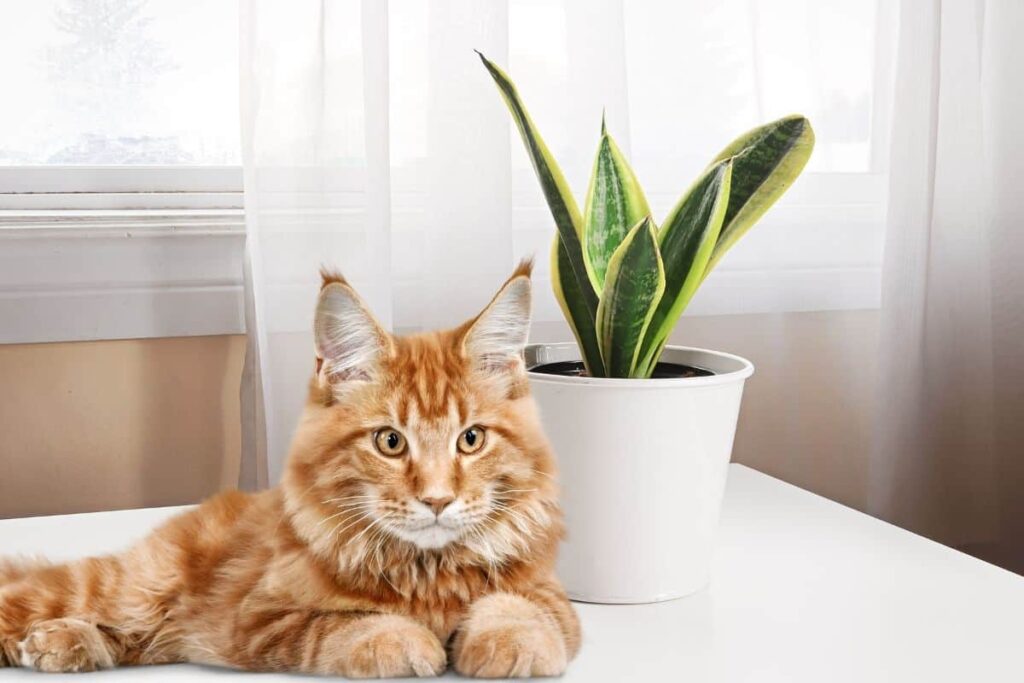
If you have a furry friend that loves chewing on leafy things you can try giving it a safer alternative. Cat grass is known to be safe for cats to chew and graze on and is easy to care for and grow.
An added benefit is that cat grass is actually known to have some beneficial nutrients and fiber that make it a healthy snack.
Cat grass is actually not necessarily a type of plant, but rather a grass mixture that can be grown from seeds of various varieties like wheat, rye, barley, or oats. Cat grass is not really the same as the grass that grows in your gardens, so you don’t want to mistake the two.
It’s not a good idea to let your cat eat the grass in the yard. That is another problem that we don’t want to deal with because that might have another set of gastronomical issues waiting for you.
Also, try and give your cats some other stimulating alternatives in terms of toys so that they don’t go about chewing on leaves that might be harmful to their health.
What to do after your pet has consumed the snake plant?
Check if they are really poisoned:
If your dog or cat has vomited once, it’s not enough to determine whether they are intoxicated. But vomiting more than once and refusing to eat anything is a sign. You should also check your plant for the missing part as well. Now that you are aware, here’s what to do;
Remove your pet from the place where the plant is. Note down the type of snake plant you have, if you identify it, or carry a picture of it to assist medical experts in treating your pet.
Ensure that your pet is breathing and behaving somewhat normally. Place a ring to your veterinarian or a phone hotline to help with pet poisonings. Pet Poison Helpline at 855-764-7661, or ASPCA Animal Poison Control at 888-426-4435 are some of the best pet helpline centers with quick response. But keep in mind, that hotlines like these do demand a price for their services, so a consultation price may be involved. A specialist can tell you whether you are required to treat your pet at home or need veterinary assistance.
Call your veterinarian or the closest emergency veterinary hospital directly if your pet is not acting normally. Do not go for any at-home treatments or remedies that have not been mandated for use by your veterinarian. That also means making your pet vomit. Vomiting may be the correct method, but it might also be risky based on what your pet consumes and what’s occurring in the pet’s body.
How Vets Deal with Pets Consuming Toxic Snake Plants:
Decontamination remains the foremost line of protection: Getting poisonous material of the snake plant out of your pet or attaching it to some substance, often activated charcoal, controls the system from absorbing it. Your pet might stay the whole night at the vet and may be on an IV, so vets can observe his blood panels and watch the organs potentially simulated while assisting in rinsing the poisons out as well as rehydrate your pet using the IV fluids.
Long-term damage of toxins may need long-term treatment as well. That means, using potential medicines, modifications in diet, and routine routine checkups on blood work. But even a specific toxic snake plant may not generate long-term toxic damage on your pet, Check out where your pet going and what other kinds of stuff he consumed.
FAQs
What can be the symptoms of poisoning by snake plants in your animals?
The onset of toxicity symptoms tends to vary depending on the amount your pet has consumed. Symptoms are inclusive of but not limited to:
- Drooling
- Nausea
- Vomiting
- Diarrhea
- Ruptured red blood cells
Are there any other plants that need to be avoided?
There is a long list of plants that might harm your little friend’s tummy. Humans get many health benefits from the aloe vera plant. However, the plant is toxic to cats because it contains saponins and anthraquinones. Also on the list are jades, peace lilies, pothos, etc.
What to do if my pet ingests the plant?
Don’t be a hero! You don’t have to go about doing everything on your own. As soon as you witness your pet displaying any possible symptoms, rush them to your nearest veterinary care unit.
Conclusion
Succulents make amazing additions to your homes and gardens and it is high time you plant lovers get one for yourself. Just know that even the most resilient of plants need all your love and affection to grow well and thrive.
Although they are great additions to our homes, we must take care of all the members of the house and look after our pets and any dangers that the plant might have in store for them. Be careful and you’ll be a happy pet and plant parent in no time.

